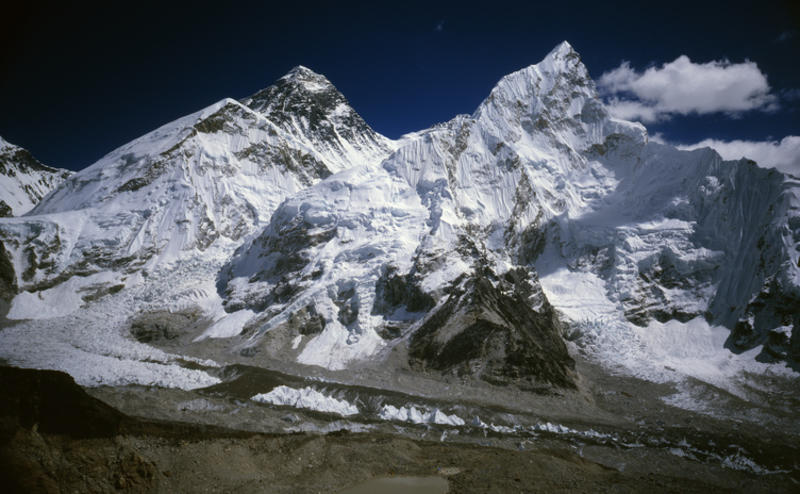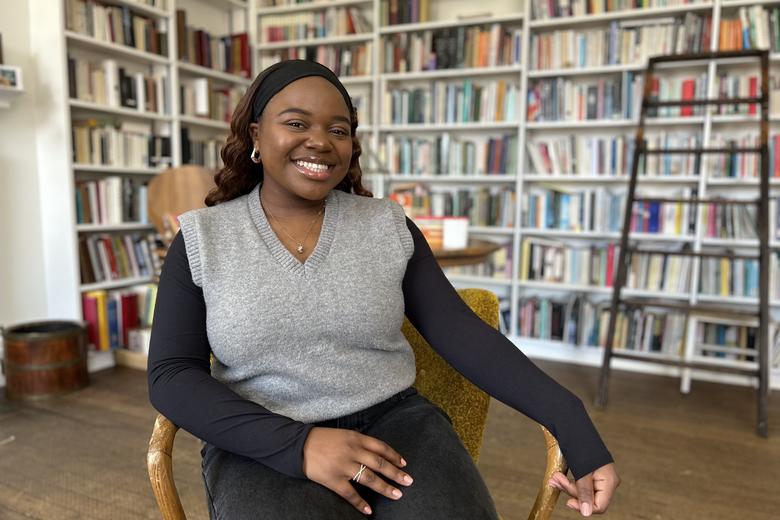RUNNING IN 1954

RUNNING IN 1954
Eye-witness to the sub-four-minute mile Roger Shakeshaft considers the discipline of mile running in the post
Published: 2 May 2024
Author: Roger Shakeshaft
Share this article
It was obvious to most people that 1954 was going to be the year a sub-four minute mile would be run. Three men had the potential and national prestige was involved. There was, also, an acknowledgment that Imperial tracks would eventually change to Metric; surely the four Minute Mile must be run on an Imperial track! So there is no time to be lost.
It is important to note that the fixture on 6 May was wholly genuine; a scoring match to examine athletic talent after the winter recess and to provide entertainment for any spectators who care to turn up.
Notwithstanding the above, a separate “match” will take place in the One Mile. It was not an Invitation Race since all the participants satisfy the conditions on the front of the programme. Roger Bannister will take on an adversary who is the reflected (anti-clockwise) hand of a stop watch. Simply, he must try to run four circuits of the track against four circuits of the second hand, and he has two friends to help him.
Christopher Brasher will pace for the first two laps, Christopher Chataway takes on lap three and Bannister is alone for the last lap and must find an extra punch. Ideally, each lap should be about 60 seconds. In order to succeed, each man has to produce a personal best and in chronological order. Of course, if there is any appreciable wind, the game is off.
A track marshal calls out the time at each quarter, to inform the runners and excite the spectators. The lap times were variable, but this did not matter since Chataway delivered Bannister at the bell on a tad over three minutes and he managed to pull something out of the bag to claim the crown.
The best part of the race, to my mind, was at the start of lap three when Chataway took over the pacing without any diminution of speed, like a slick relay baton change. This is where that 0.6 sec was found, that made all the difference. Look out for it on the BBC film.
Suppose the event failed. John Landy is sure to have put his name down for the Invitation Mile at Turku, Finland on Midsummer day. Is it too much to hope that Chataway would not have helped Landy take the Four Minute crown, although he was willing to help set up a new world record?
I venture to speculate that Landy, on his own, was not capable of success in the summer Arctic any more than in the summer of Australia. Landy needed competition to produce his best.
Which brings us to Vancouver and the Empire Games in August. From January, most commentators predicted that here we would witness the Four Minute Mile. The two men had never run against each other, and it had been billed the race of the century. In sweltering hot weather, more suited to Landy, Bannister proved the better runner – not only in Canada’s warm August but also Oxford’s chilly May.
Can I describe the euphoria experienced by us that evening in May in Oxford? Think of the “Football’s Coming Home” mantra whenever The World Cup is taking place: England win in a tightly fought contest, and at Wembley Stadum. *see below.
Bannister might have brought the Four Minute Mile home to England, via Canada, but that would have been less than euphoric!
For those of us who love Oxford and were there, either literally or vicariously, we felt like the cat that ate the canary. But it was a close-run thing.
* Further comparison of FMM with World Events.
- The obvious Coronation of Queen Elisabeth II, and the Conquest of Everest.
- Breaking the sound barrier: Charles Yeager Oct 1947
- First glimpse of the treasures of Tutankhamun by Howard Carter in November 1922
- And pushing the boat out: John Keat’s Stout Cortez’s with Eagle Eyes “First Glimpse of the Pacific” from the Isthmus of Panama.
Roger Shakeshaft (Lincoln, 1953)
Biography:
'Born 1933 and educated at Shrewsbury School which takes Cross Country Running very seriously. I was not much use at conventional games but did enjoy running with only modest success, making the school's second team. My academic skill was in Mathematics. After two years’ National Service I came to Lincoln College, matriculating in 1953, reading for a degree in Mathematics. In the three years no one in college read Maths, so I never indulged in talking shop. However, at that time Lincoln was strong in Athletics and Running – we won the Cross Country Cuppers in ’53 and ’54. A contemporary of mine was Derek Johnson. On that evening in May he won both 220yds and 440yds. Later that year he took Gold at the Empire Games in Vancouver, in a record time in the Half Mile; at the 1956 Melbourne Olympics it was Silver in the 800m. Heady times indeed. I was part of a group at the Iffley Road that evening.
Lead Image: Mount Everest, the highest in the world, 8850m. (GETTY IMAGES Ltd)















